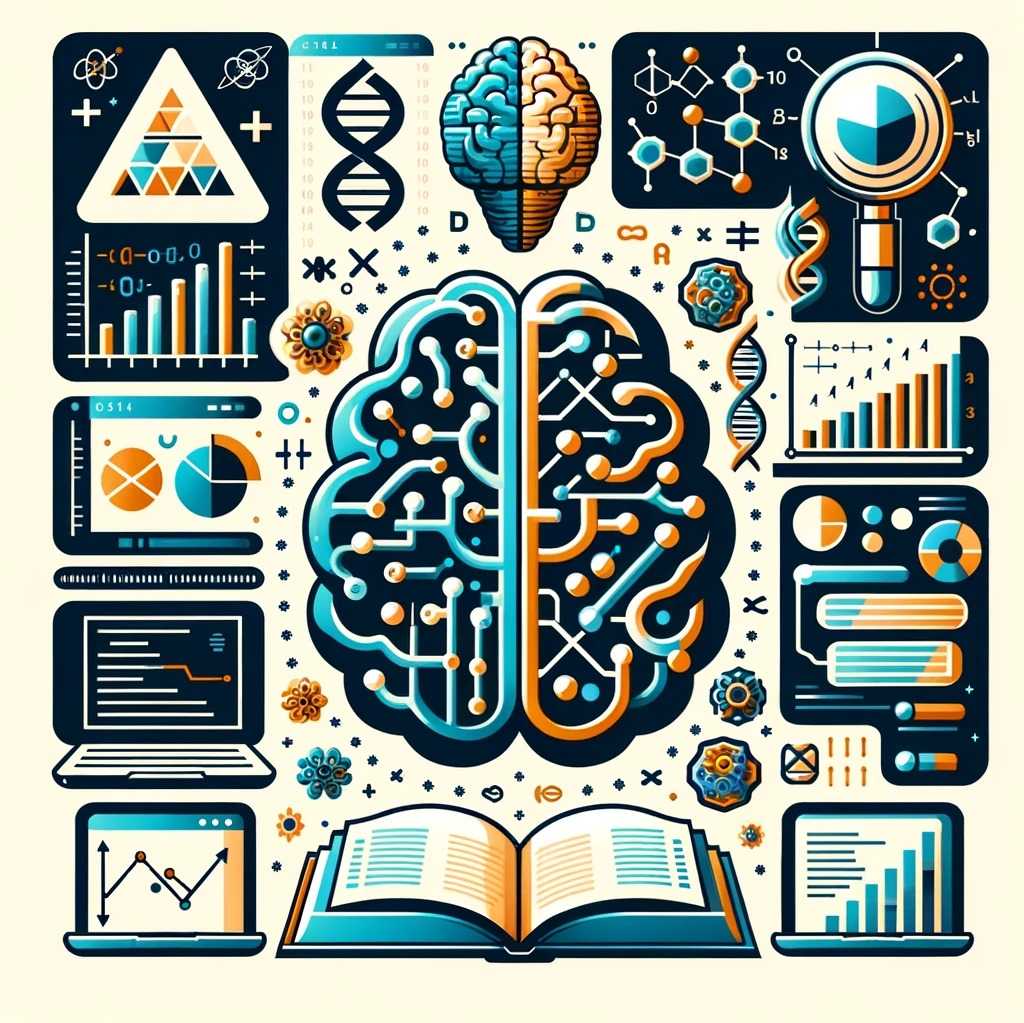Courses
Enroll in Advanced Courses for Cutting-Edge Insights and Expertise

Introduction to Python Programming
This course provides an overview of the basic programming blocks needed to translate a problem, stated in textual form, into an algorithm that solves it. The course provides an introduction to python programming and covers basics but also bash scripting, version controlling and an introduction to the use of computer infrastructure such as Euler.
Content
- General Introduction, installation, IDEs, (virtual) environment setup
- Interpreting and handling error messages, debugging, using online documentation
- Data types, data containers and basic mathematical computations
- Branching and looping
- Writing and reading files
- Writing and using functions
- Data manipulation in pandas
- Data visualization (seaborn, matplotlib)
- Version controlling (git) and cluster submissions, simple bash scripts, slurm submission system
Foundations of Data Science
This course provides essential training in data science techniques tailored for biomedical and health data analysis. Students will learn to use leading software tools like pandas and scikit-learn to acquire, clean, analyze, and visualize data.
Content
- Introduction to data science
- Data visualization and reporting results (graphic vocabulary, graph types, methods of data visualization)
- Statistics (repetition of basics)
- Machine learning (definition, supervised and unsupervised ML, training vs test set, cross-validation)
- Regression
- Classification
- Clustering
- Feature selection
- Ethics in data science
- Data science applications
The course covers data wrangling, visualization, statistics, machine learning, and ethical considerations.
Imaging and Computing in Medicine
Imaging and computing methods are key to advances and innovation in medicine. This course introduces established fundamentals as well as modern techniques and methods of imaging and computing in medicine.
Content
- For the imaging portion of the course, biosignal processing, radiation imaging, radiographic imaging systems, computed tomography imaging, diagnostic ultrasound imaging, and magnetic resonance imaging are covered.
- For the computing portion of the course, computing, programming, and modelling and simulation fundamentals are covered as well as their application in artificial intelligence and deep learning; complexity and systems medicine; big data and personalised medicine; and computational physiology and in silico medicine.